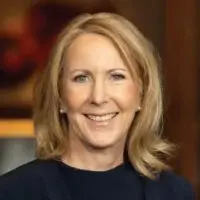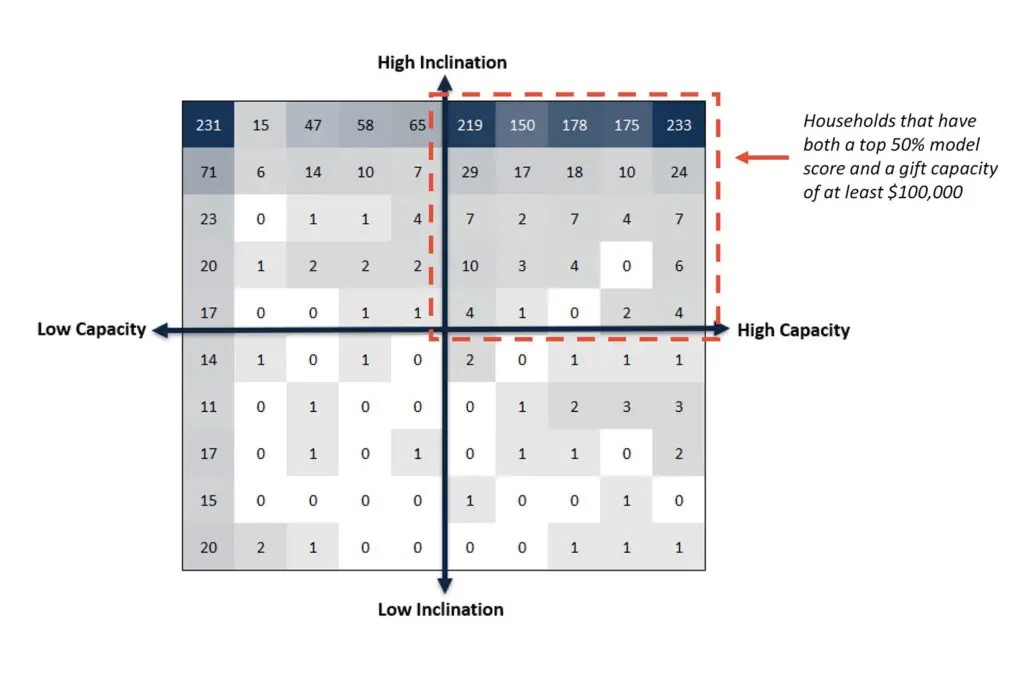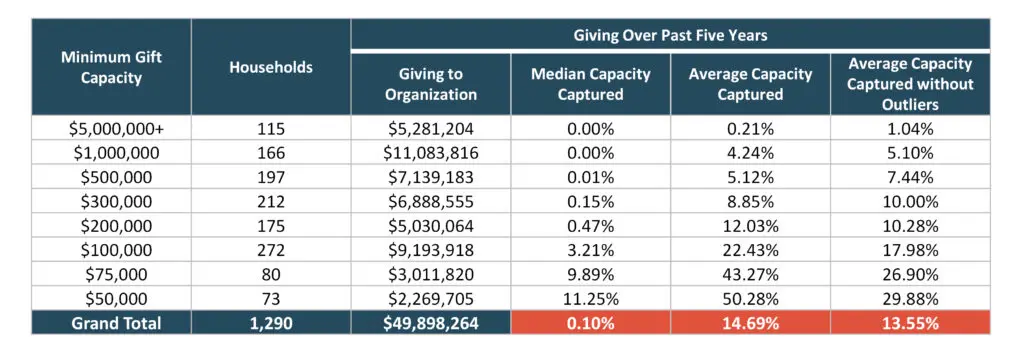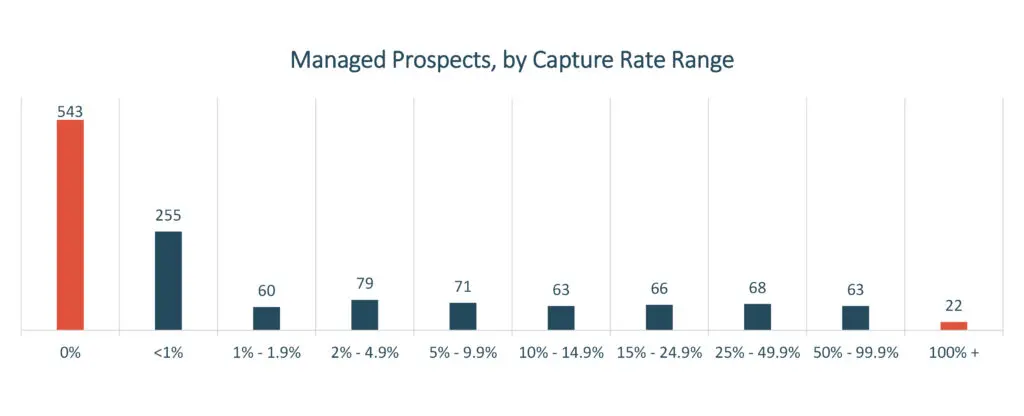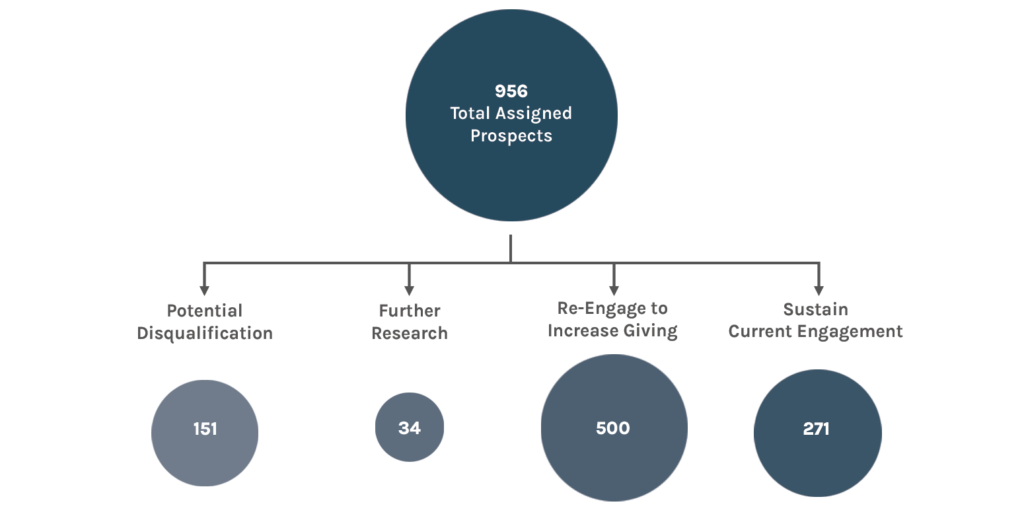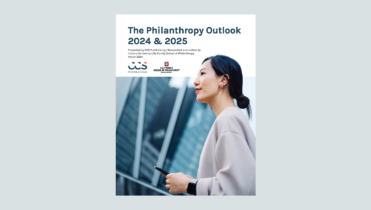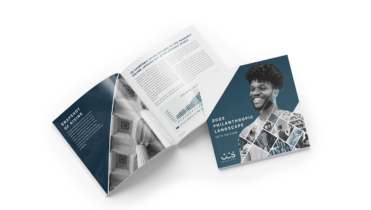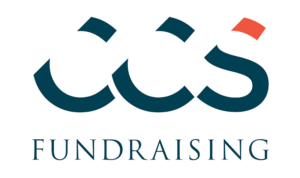If your nonprofit is global or pursuing donors in the UK, this article will highlight charitable giving in the UK and how geography impacts the structures and tools linked to fundraising success.
The US and UK are statistically among the most charitable countries in the world, operating as global financial centers in New York and London and home to populations with enormous wealth. However, while the US and UK both maintain extremely influential positions within the global philanthropic landscape, the differences between the two countries’ cultures of giving are as notable as their similarities.
Consider the following four factors that impact UK philanthropy to tailor your fundraising strategy.
1. Donor Wealth and attitudes toward wealth impact charitable giving in the uK
While it’s true that the US and UK rank as some of the world’s wealthiest countries, the US has a much larger Gross Domestic Product (GDP) than the UK, and consequently, more money goes to philanthropy. As a percentage of the total GDP, US individual giving is more than double that of the UK at 1.37% to 0.52%. This difference reflects the wealth disparity between the two countries; people in the US have more money and thus give more to philanthropy.
However, it’s important to note that in terms of charitable giving as a population percentage, 71% of UK adults report donating annually to charity, compared to 61% in the US. This suggests that a larger proportion of individuals exhibit generosity in the UK by giving smaller amounts; conversely, fewer individuals in the US make larger gifts.
This divergence in donor behavior should inform your fundraising strategy accordingly—bigger gifts from a smaller group of donors are expected in the US; smaller gifts from a larger group of donors are more common in the UK.
2. the social safety net shapes UK donor motivations
At face value, social spending, or the measurement of how much a country spends to support the standard of living for vulnerable or disadvantaged groups, is similar in the US and UK. According to the Organization for Economic Cooperation and Development (OECD), as a percentage of GDP, the US and UK governments spend 22.7% and 21.1%, respectively, on health, education, family, unemployment, housing, and benefits for older adults or those with disabilities.
cultural expectations of Governmental Support affect uk charitable giving
However, voluntary private social spending, or benefits offered by privately operated organizations, including most nonprofits, accounted for almost 13% of GDP in the US versus a mere 5.85% in the UK. This discrepancy suggests that, while the cultural expectation in the UK is that the government will meet (or highly subsidize) most social needs, the US population is far more accustomed to relying on support from other sources, including employers, insurance companies, and other privately supported entities, including nonprofits. The higher education sector illustrates this point—the British government standardizes, caps, and subsidizes university fees. In contrast, top-ranked colleges and universities in the US often have extremely high tuition fees (financial aid and scholarship opportunities notwithstanding).
These differences align with the popular, though perhaps not entirely accurate, assessment that American culture lends itself to smaller government and more individual responsibility compared to the higher taxes, stronger social safety net, and collectivism favored by European societies. Indeed, 13% of US donors cite inadequate government support as a motivation for philanthropic giving.
3. donors are Partly motivated by tax benefits, which differ in the UK
The US offers more donor tax benefits for charitable giving than the UK and encourages donors to give through various wealth vehicles, including their estate and noncash assets, like art and real estate. US taxpayers can also offset their annual tax bill through cash deductions from donations made throughout the year to registered nonprofit (501(c)(3)) organizations. US-based donors also receive the same tax benefits for giving to nonprofits abroad through equivalency determination, which is nonexistent in the UK.
The US offers donors more options to give to nonprofits and opportunities to reap the financial benefits. It is common in the US for the highest income earners to view donating to nonprofits as an annual necessity for tax purposes, which makes sense considering that a smaller percentage of donors gives more money in the US.
Meanwhile, the UK offers various tax benefits for UK donors giving in the UK, but these benefits do not apply when a UK donor gives outside of the UK.

4. gDPR limits fundraisers’ use of UK Donor Information
General Data Protection Regulation (GDPR) is the world’s strongest set of data protection rules. Implemented in the European Union (EU) in 2018 and retained in UK law following their departure from the EU, GDPR limits how US organizations and fundraisers can use personal data, creating a substantial difference in privacy and data-sharing norms in the UK compared to the US. While federal- and state-level privacy regulations exist in the US, they vary across states and do not offer the same level of data protection as GDPR.
While the benefits of GDPR for privacy are indisputable, GDPR does impact fundraising strategies by placing strict guardrails on publicly available information. You cannot use the prospect identification and fundraising research software nonprofits commonly employ in the US—such as Wealth Engine and iWave—for British donor research. Instead, you will need to rely on publicly available information from specific sources, including public registry data, the Charity Register, and the news media. Further, US fundraisers must comply with GDPR regulations, as its rules apply to any organization, regardless of location, that processes the personal data of individuals within the European Economic Area (EEA), which includes the UK.
Understanding Charitable Giving in the UK can strengthen your Fundraising Strategy
As the global philanthropic landscape continues to grow and change, now is the time for your nonprofit organization to consider where it is headquartered, where its donor constituencies are located (or could be located), and where its programs make an impact.
While there are pros and cons to US and UK fundraising, norms and circumstances in the US tend to foster more significant philanthropy than in the UK. Nevertheless, a larger percentage of the UK population participates in charitable giving than the American population. By leveraging this key distinction and the other influential factors we have identified, you can meet UK donors where they are and expand your fundraising.
More Insights
Why Your Church Should Consider an Increased Offertory Program
To keep up with inflation and growing expenses, it is vital that churches also grow donor giving over time. An increased offertory campaign can help begin that process.
Your Guide to Finding, Engaging, and Retaining the Next Donor Generation
The future of philanthropy revolves around engaging our next generation of donors—Generation Z and Millennials. Understanding how to attract, retain, and grow your young professional pipeline will ensure long-term sustainability for your organization.


